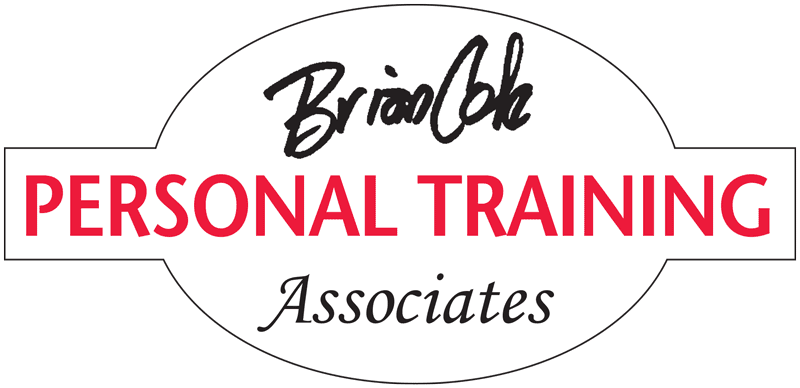Last column I spent way too much time on “eating smart.” I mean just about everyone who cares knows what they should and shouldn’t eat/drink. And they also know that if they’re gaining weight, they’re probably eating/drinking too much. But I wanted to clarify. Clean slate, fresh start, Happy New Year, stuff like that.
Now let’s discuss exercise. Just about every known ailment improves with exercise. It’s generally divided into cardiovascular, strength work and stretching. Add some cardiovascular time, learn some safe effective ways to build new lean muscle tissue and forget everything you thought you knew about stretching. (I’m going to write a column on stretching later this year. There’s a lot of new information based on some long-term studies). For now, if you enjoy stretching, just continue. You’re probably not hurting anything. I’ll explain soon. These are lifestyle changes. This isn’t about urgency.
Which leaves us with cardiovascular/calorie burning and strength work. For cardiovascular simplified, just walk, run, bike, swim, use a treadmill, an elliptical or other equipment for 30–60 minutes three to seven days a week. If you’ve been sedentary, work up to it slowly. Be persistent. There’s no hurry. Just focus on steady improvement.
Strength training is a prerequisite for almost everything physical. There is no age limit and there is no gender bias. If you’re going to move your body, strength will enhance the moving. There are more than 600 muscles in the body so this isn’t just about big biceps. Effective strength training works on not just the visible surface “mirror muscles” but also the deeper foundational muscles that enhance everything we do.
Let’s start with toning. Think of it this way: “ There is no such thing as toning.” Your soft tissue is either muscle or fat. You can’t tone fat. You need to get rid of it by eating smarter and burning more calories. And you should simultaneously build more lean muscle. I know what you mean when you say you just want to tone up. You don’t want to be all muscle bound. Neither do I. But too often that way of thinking also means you don’t want to work really hard building muscle. We have to.
Strength, which increases as we build new lean muscle, gives us better balance, better posture and more energy. Balance: stand on one leg with the other knee lifted until you’ve formed a right angle to the body. Hold for 30 seconds. Repeat with the other leg.
Now do each again—this time with your eyes closed. Posture: stand with your back to the wall, heels about two inches from the baseboard, your butt and shoulder blades touching the wall. Now hold the back of your head (without tilting back by lifting your chin) so it also touches the wall. Hold for 30 seconds. You will probably feel that well down along your back muscles. That’s good posture. And to maintain it (when you walk away from the wall and live), without slouching or feeling way too rigid, requires strong deep postural muscles that don’t tire easily. They have to be exercised to function effectively.
In summary, effective calorie-burning cardiovascular work mainly requires perseverance. But safe strength work is more complex, and you’ll benefit from some knowledgeable guidance. There are so many individual adjustments to be made to safely protect knees, shoulders, low backs, etc. while strengthening the muscles that support them. Find your guide. Get started. You’ll feel better almost immediately.

